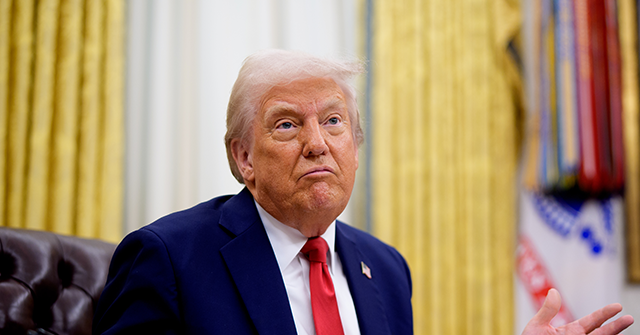We Did Not Import Our Way to a Recession
The headline GDP number was disappointing. The economy contracted in the first quarter of 2025, the first decline in real GDP since 2022. That was enough to spark another round of recession hand-wringing across Wall Street and the financial press.
But the details tell a different story—one of resilient consumers, strong business demand, and inflation that has come to a halt.
The contraction was driven almost entirely by a surge in imports. That widened the trade deficit and dragged down net exports, a standard but misleading quirk of GDP math. Real final sales to domestic private purchasers—a much cleaner read on U.S. demand—rose at a healthy clip. That’s a far better measure of momentum than the top-line GDP figure.
Spending and Income Are Rising Without Triggering Inflation
Consumer spending was stronger than expected. Personal consumption expenditures rose 1.8 percent in the first quarter, beating forecasts for 1.2 percent. Durable goods, services, and nondurables all contributed. Households are not pulling back.
That strength didn’t fade in March. According to new data from the Bureau of Economic Analysis, inflation-adjusted personal consumption jumped 0.7 percent last month—the biggest monthly increase in over a year. Durable goods spending surged 3.2 percent. Services rose 0.6 percent. Real disposable income rose 0.5 percent, with wages and salaries continuing to climb.
A good rule of thumb: if real incomes are rising, spending will follow. The March data show households have the financial firepower—and the confidence—to keep consuming, no matter what sentiment surveys say.
The inflation news was even better. The Fed’s preferred gauge, the PCE price index, was flat in March. Zero. Core PCE, which excludes food and energy, was also unchanged. That’s the tamest monthly reading since early 2020. Year-over-year, headline PCE slowed to 2.3 percent, and core PCE dropped to 2.6 percent.
This is the “soft landing” the Fed has been hoping for: real growth, solid income, and inflation back under control.
One other detail from the GDP report deserves attention: businesses built up inventories and invested heavily in equipment. All those tariff front-running imports are not a sign of weakness. They are a sign of confidence. Companies are restocking and investing in production because they expect customers to keep buying. They’re not hunkering down. They’re preparing.
Put it all together, and the first-quarter contraction looks less like the start of a downturn and more like a statistical mirage. Underneath the noise, the fundamentals are strong: real demand is up, incomes are growing, prices are stable, and businesses are preparing for more.
The latest data also strengthens the case for interest rate cuts. Trump has argued that the Fed is holding policy too tight. With inflation flat and growth still humming, it’s harder than ever for the central bank to justify staying on hold.
And it means the economy entered the new era of tariffs from a stronger position than many analysts expected.
Ignore the gloomy headlines. The American economy isn’t stumbling. It’s striding forward.
Read the full article here


